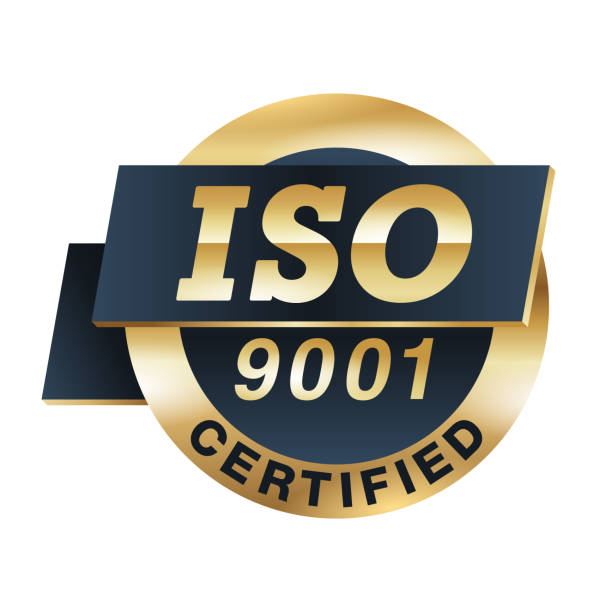Quanhom Technology Co., LTD is a company engaged in the area of development and production of thermal infrared optics. The high precision product range includes infrared lenses assemblies of SWIR/MWIR/LWIR , eyepieces, infrared lens elements, etc.
Home / All / Production and Quality /
Low-Light Night Vision Devices VS. Infrared Thermal Imaging Camera
Functions

Low-Light Night Vision Devices VS. Infrared Thermal Imaging Camera
1)Impact of Light Conditions
- Low-light night vision device is a night observation device that enhance faint reflected light from targets using image intensifiers so that the human eye can see the target image. Its imaging principle is significantly affected by environmental factors especially light conditions; observation range decreases as light diminishes. In total darkness, these devices require supplementary infrared light sources and are susceptible to glare though many traditional models featuring glare protection. However, wide changes in ambient brightness can severely impact observation.
- Infrared thermal cameras convert invisible infrared energy emitted by objects into visible thermal images, where different colors indicate varying object temperatures. They are unaffected by light conditions and provide clear observations of target objects regardless of day or night or rainy, snowy or foggy days. Consequently, top- level vehicle-mounted night vision systems often opt for infrared thermal imaging technology.
2)Imaging effect
- Low-light night vision devices and typical infrared thermal cameras offer completely different observation feelings. Traditional low-light night vision devices directly observe targets through lenses, presenting a circular field of view similar to that of binoculars, displaying images in green. With sufficient clarity, they can recognize facial features and identify individuals.
- Infrared thermal cameras display images on internal LCD screens rather than directly observing targets, resulting in square-shaped fields of view. The imaging of the infrared thermal camera is distributed according to the temperature. Higher temperatures appear brighter, while lower temperatures appear darker. The main purpose is target detection and classification, recognizing between humans, animals, vehicles, etc.
3) Practical Applications
- Low-light night vision devices find widespread use in wildlife observation and hunting, offering clear vision at night without disturbing animals. Low-light-level night vision devices are also used in police operations, especially in night missions, as night super vision for long-range and close-range observation and identification, which greatly improves the observer's vision at night.
- Infrared thermal cameras are commonly employed in search and rescue missions as they can detect heat in darkness, smoke, or fog. They are particularly suited for dense jungles or environments with thick fog where traditional low-light night vision devices may be less effective. Regardless of dense forest or heavy fog, infrared thermal cameras can reliably detect heat. Additionally, they are extensively used in security applications, as well as for maintenance in construction and power facilities.
Quanhom Technology Co., LTD is a company engaged in the area of development and production of thermal infrared optics. The high precision product range includes infrared lenses assemblies of SWIR/MWIR/LWIR , eyepieces, infrared lens elements, etc.
